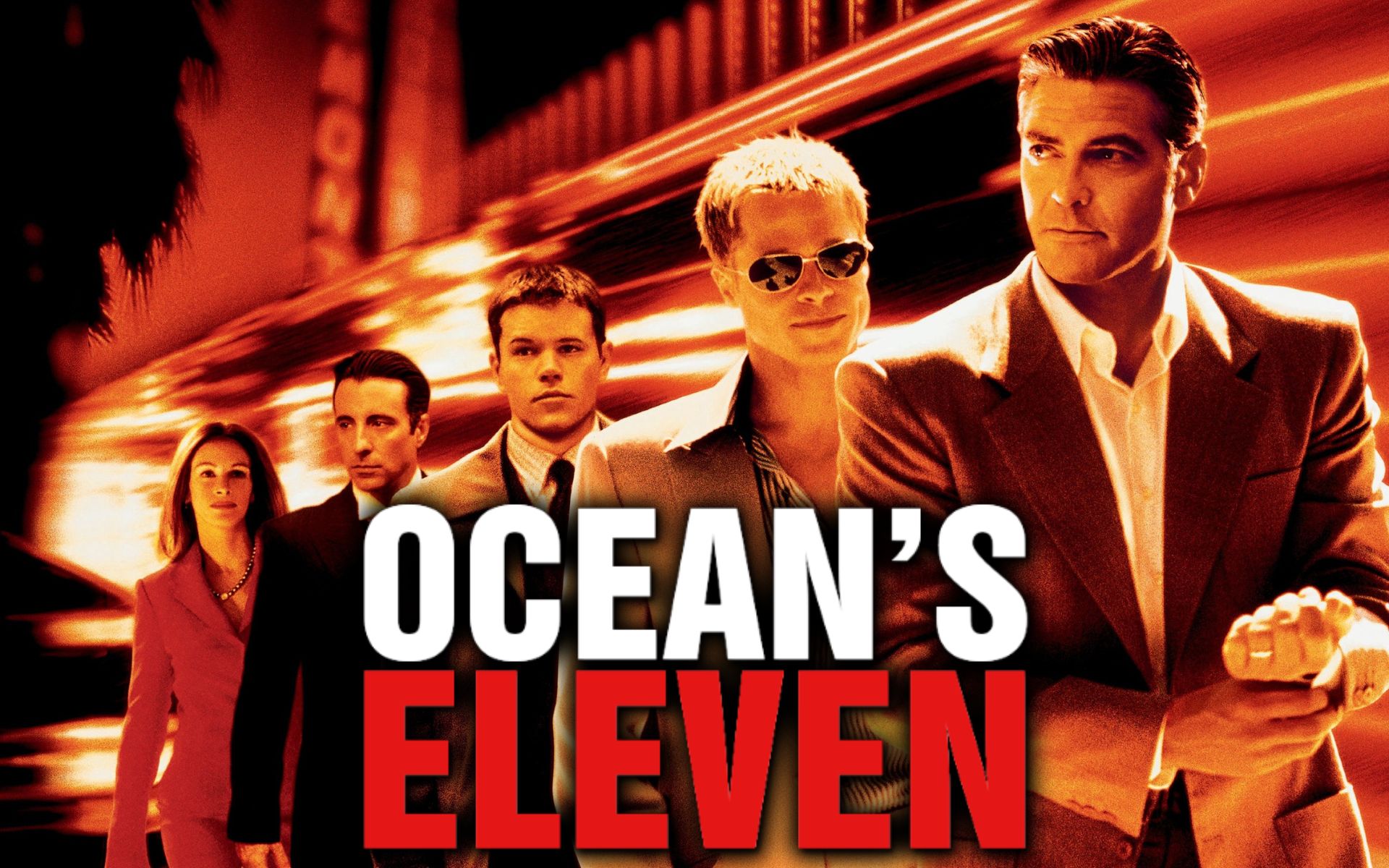COP28, the UN climate change summit, got off to an enthusiastic start. At a meeting of countries in Dubai, they agreed to highlight at least $420 million for a new loss and damage fund. The money will be used to help poor countries typically hit hardest by natural disasters related to the climate crisis.
Some countries immediately began contributing money. The United Arab Emirates, the host country and Germany made the largest commitments: They promised about $100 million each. They were also joined by the UK with $75 million and the US with another $24.5 million.
The creation of this fund was agreed upon at last year’s summit. Governments were therefore expected to decide at COP28 how this aid would operate. Or if it had finally activated. In fact, some governments, such as the United States, have outright refused to pay “climate reparations.” So, either way, this is good news.
“This is a good start… All governments and negotiators must build on this momentum to achieve ambitious results,” UN climate chief Simon Still said. The fund’s news was released hours after the World Meteorological Organization’s announcement. The report confirmed that 2023 will be the hottest year on record.
Over the next four years, the fund will be hosted by the World Bank. The idea is to officially launch it by 2024. It was decided that at least one representative from a developing country would be given a seat on the board of directors. But there are still many unresolved issues to be resolved.
COP28 and previous experience with the climate change fund
Questions have remained up in the air since last year: Who should contribute? Should it be a voluntary fund? How will beneficiaries be selected? And above all: How will the money announced at COP28 be monitored?
It’s not because they are distrustful. It happens that there was already a promise to create a fund that failed due to a lack of commitment and transparency. Rich countries have pledged to mobilize $100 billion a year until 2020 to help those with fewer resources. Not only did they fail to raise the amount of money within the proposed time frame, but also part of the money went to other people’s businesses.
The failed fund was created in 2009 with no official guidance on what activities count as “climate finance.” For this reason, part of the money that taxpayers indicated as earmarked for the fund was used, for example, to create a coal plant, a hotel and even a chain of chocolate stores. The US offered a loan to expand a hotel in Haiti. Belgium financed the filming of a love story set in the Argentine jungle. And Japan paid for the expansion of the airport in Egypt.
Another one: most of the money was given on credit rather than as a donation. Instead of helping, they are dragging countries that are already in debt into debt, OXFAM complained last June. The fund also did not require governments to provide details. The UN Climate Change Secretariat explained that countries must decide for themselves whether to introduce common standards. Rich countries, of course, refused.

Loose ends of the new foundation
Representatives of the poorest countries are insisting that rich countries – and the most polluting countries – make mandatory contributions to a new “loss and damage” fund. It will not happen. Developed countries are encouraged, not forced, to contribute to the fund announced at COP28.
The most vulnerable countries were reluctant to intervene as the administrator of the World Bank, also under the influence of rich countries. Harjeet Singh, head of global policy strategy at Climate Action Network International, also stressed that the long-term sustainability of the fund is in question as the replenishment cycle is uncertain.
And most importantly: the amount raised by governments at COP28 is very small. Almost insignificant. A recent UN report estimates that this will require up to $387 billion annually developing countries to adapt to climate-induced changes. And when it comes to damage, an investigation published in October estimates that in 2022 losses will amount to about $280 billion natural disasters caused by climate change.
Another budget line with private sector participation will be discussed at the COP28 negotiations. The United Arab Emirates manages a $30 billion investment fund backed by some of the world’s biggest investors, he said. Reuters. They will participate BlackRock, private equity firm TPG and infrastructure investor Brookfield. The money will be controlled by investor Lunate Capital.

The great challenge has just begun
COP28 will take place in Dubai until December 12. A big fight will take place over agreements to reduce emissions of polluting gases, the main drivers of climate change. All the numbers are alarming.
For example, about 36.8 billion tons of polluting gases were emitted in 2022, the highest level to date. The UN has warned several times that none of the G20 countries (among the world’s worst polluters) are cutting emissions at a sustained pace. There is only a 14% chance that we will be able to limit global warming to below 1.5°C. since the pre-industrial era.
To achieve this goal, scientists say emissions must start falling next year and fall by 43% by 2030. By 2030, emissions will need to be reduced by 28%.
All this under the cover of mistrust planted by the COP28 host country. Not only because the United Arab Emirates is one of the ten largest oil-producing countries. The government appointed Sultan Al Jaber, director of state oil company ADNOC, as president of COP28. Leaked documents revealed that Al Jaber He used his role to benefit his country’s fossil fuel industries in preparatory meetings for the summit.. As Amnesty International said: “The fox guarding the henhouse.”
Source: Hiper Textual












